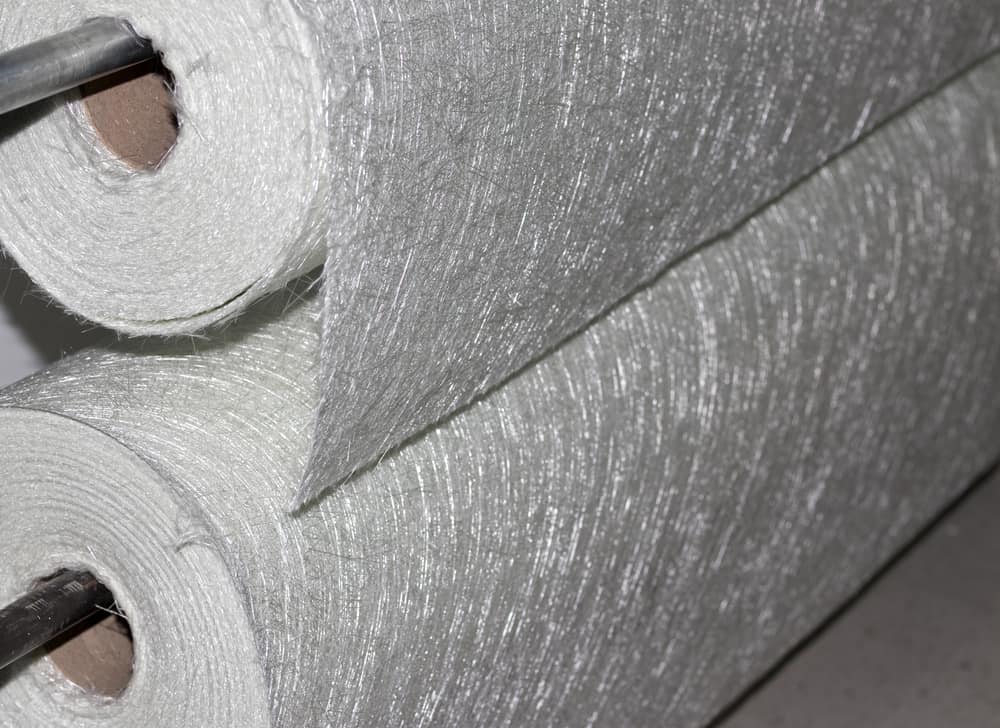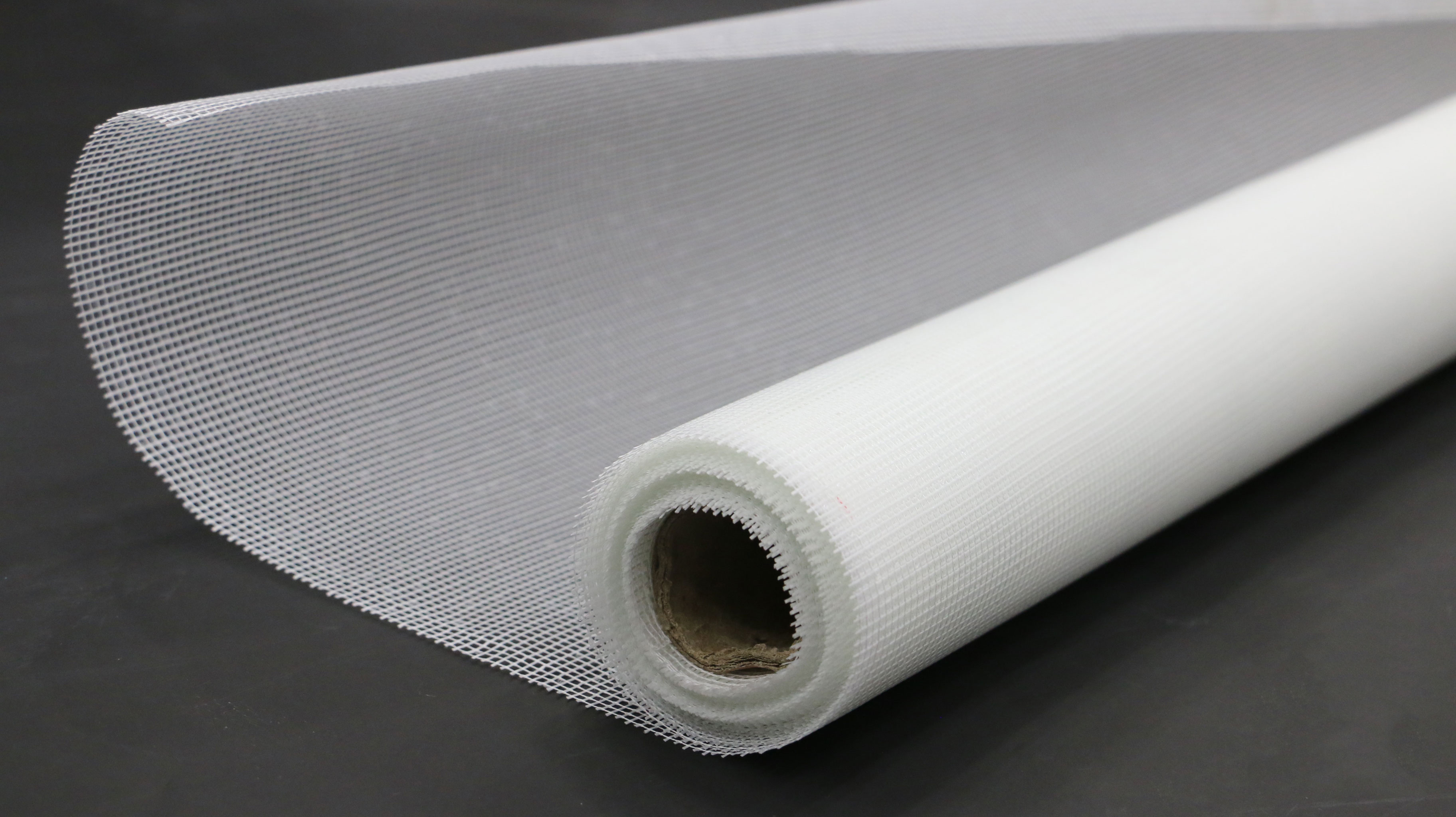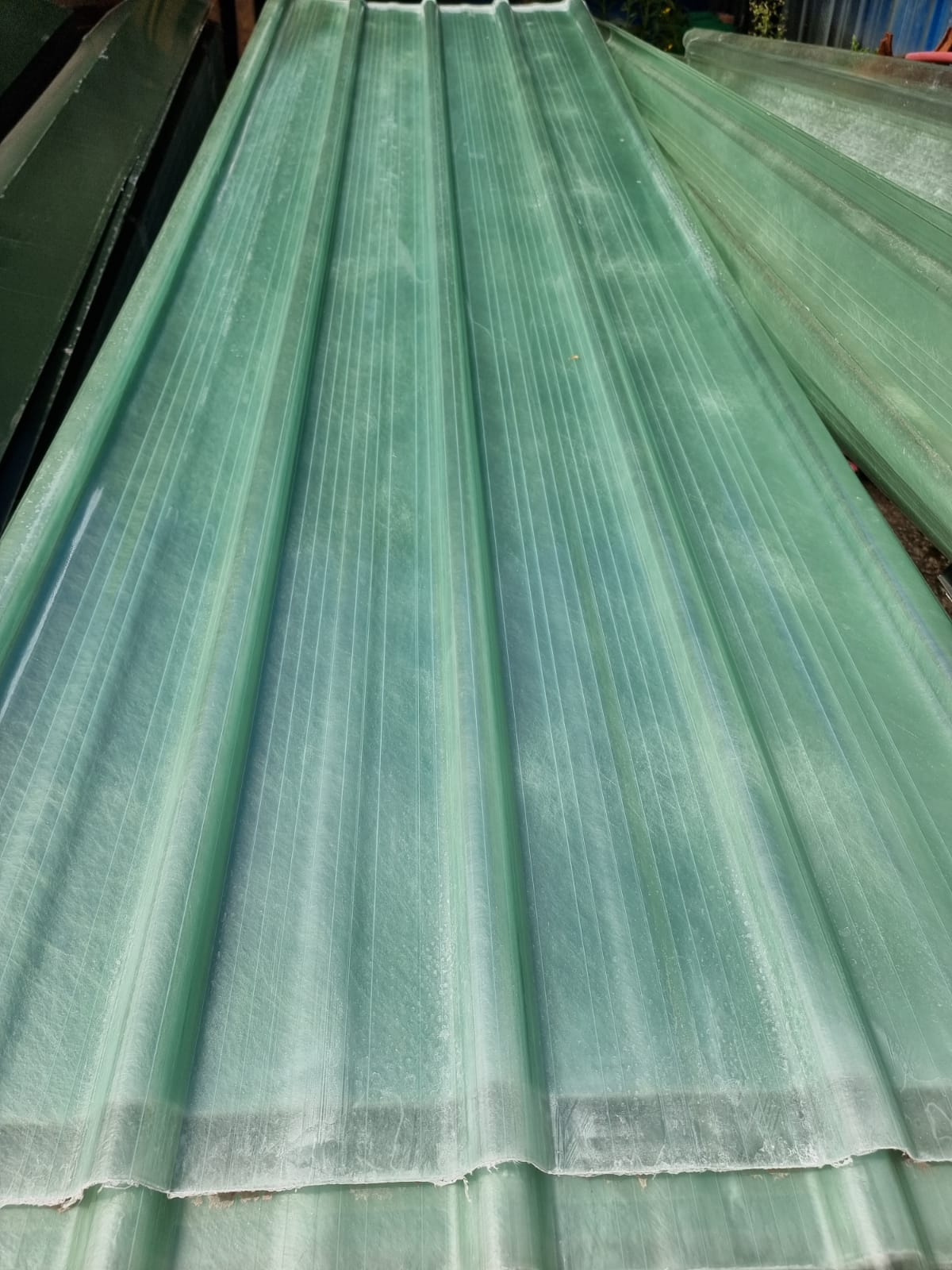Will Fiberglass Shell On Chevy Fit On: A Comprehensive Guide to Truck Topper Compatibility cars.truckstrend.com
The quest to enhance a Chevy pickup truck’s utility, security, and aesthetics often leads owners to consider adding a fiberglass shell, commonly known as a truck topper or camper shell. This durable addition transforms the open bed into a secure, weather-protected cargo area or even a rudimentary sleeping space. However, the seemingly simple question, "Will a fiberglass shell fit on my Chevy?" opens up a complex web of compatibility factors that every truck owner must understand before making a purchase.
This comprehensive guide will delve into the intricacies of fitting a fiberglass shell onto a Chevrolet truck. We’ll explore the critical dimensions, model-specific nuances, installation considerations, and potential challenges, providing you with the knowledge to confidently determine the right shell for your ride.
Will Fiberglass Shell On Chevy Fit On: A Comprehensive Guide to Truck Topper Compatibility
Understanding Fiberglass Shells (Truck Toppers/Camper Shells)
Before diving into fitment, it’s essential to define what we mean by a "fiberglass shell." These are rigid, usually custom-molded covers designed to enclose the bed of a pickup truck. While other materials like aluminum or even soft canvas are available, fiberglass shells are prized for their:
- Durability: Excellent resistance to impacts, weather, and UV degradation.
- Security: Lockable doors and windows provide enhanced protection for cargo.
- Weather Protection: Keeps gear dry and clean, regardless of external conditions.
- Aesthetics: Can be painted to match the truck’s color, offering a seamless, factory-like appearance.
- Versatility: Ideal for contractors needing secure tool storage, campers seeking shelter, or anyone wanting to maximize enclosed cargo space.

The primary goal of fitting a fiberglass shell is to achieve a snug, weatherproof seal that aligns perfectly with the truck’s bed rails and cab.
The Core Question: Compatibility Factors for Your Chevy
The answer to "Will it fit?" is almost always "it depends." The compatibility of a fiberglass shell with a Chevy truck hinges on several critical factors:
- Truck Bed Dimensions (Length and Width): This is the single most important factor.
- Length: Truck beds come in various lengths (e.g., short bed, standard bed, long bed). A shell designed for an 8-foot long bed will not fit a 5.5-foot short bed, and vice-versa. Even a few inches can make a shell unusable.
- Width: While bed widths are more standardized within a given generation, slight variations exist. The shell must sit flush on the bed rails, so the width across the top of the bed rails is crucial.
- Cab Style: The cab style of your Chevy (Regular Cab, Extended Cab, Crew Cab) directly influences the length of the truck bed it’s paired with. For example, a Crew Cab typically comes with a short bed, while a Regular Cab might have a long bed. The shell itself doesn’t interact with the cab, but the cab style helps identify the bed length.
- Model Year and Generation Differences: Chevrolet trucks have undergone numerous redesigns over the decades. Each new generation (e.g., C/K series, Silverado 1500/2500/3500, Colorado/Canyon) often brings changes to bed dimensions, tailgate designs, and the curvature of the bed rails. A shell from a 2005 Silverado will likely not fit a 2020 Silverado due to these generational changes.
- Specific Examples: The "classic" body style vs. the "new body style" within the same model year range (e.g., late 90s/early 2000s Silverados) can have different bed dimensions.
- Tailgate Design: The rear lip of the shell must clear the tailgate and allow it to open and close freely without interference.
- Bed Rail Design and Curvature: Modern truck beds often have complex curves and integrated features (like stake pockets or bed rail caps). A shell designed for one specific bed rail profile might not seal properly or sit level on another. Some shells are designed to wrap slightly over the bed rails, while others sit entirely on top.
- Manufacturer Specifics (OEM vs. Aftermarket):
- OEM-style shells: Some shells are designed to mimic the factory lines of specific truck models.
- Aftermarket manufacturers (e.g., Leer, ARE, Snugtop, Century): These companies produce shells designed to fit a wide range of trucks, but each shell model is typically engineered for specific truck makes, models, and years. They are not universal.
- Mounting Systems: While less about initial fit and more about installation, the mounting system (usually clamps that secure the shell to the bed rails) needs proper clearance and secure points on your truck.


How to Determine Fitment: A Practical Guide
Don’t guess when buying a fiberglass shell. Follow these steps to ensure proper fitment:
-
Measure Your Truck Bed Precisely:
- Length: Measure the inside length of your truck bed from the bulkhead (front wall) to the inside of the tailgate, with the tailgate closed. Measure along the top edge of the bed rails.
- Width: Measure the width of your truck bed at the widest point (usually near the tailgate) across the top of the bed rails. Also, measure the width at the bulkhead.
- Height (from bed rail to top of cab): This helps determine if a cab-high or higher-rise shell will look proportionate and clear the cab.
- Note your exact Chevy Model, Year, and Cab Style (e.g., 2018 Chevy Silverado 1500 Crew Cab, Short Bed). This information is crucial.
-
Check the Shell’s Dimensions (If Buying Used or Online):
- If you’re looking at a specific used shell, ask the seller for its exact dimensions and, more importantly, what truck it came off. If they know the make, model, and year of the original truck, you can cross-reference that with your truck’s specifications.
- Measure the shell itself: bottom length, bottom width, and the interior opening width/length.
-
Consult Shell Manufacturers and Dealers (For New Purchases):
- The most reliable way to ensure fitment is to purchase a new shell from a reputable manufacturer (e.g., Leer, ARE, Snugtop) through an authorized dealer. They have detailed fitment guides and will ask for your exact truck specifications (year, make, model, bed length, cab style) to recommend the correct shell.
- Many manufacturers have online "Build Your Own" tools where you input your truck’s details, and it shows you compatible options.
-
Consider Universal vs. Custom Fit:
- True "universal" shells are rare and generally ill-fitting. While some cheaper, generic aluminum toppers might claim universal fit, they rarely provide a good seal or aesthetics.
- Fiberglass shells are almost always custom-molded for specific truck beds. This is why precise measurements and model identification are paramount.
Potential Challenges and Solutions
Even with careful planning, challenges can arise:
- Mismatched Dimensions (Too Long/Short):
- Challenge: The shell extends past the tailgate or doesn’t reach the bulkhead.
- Solution: No easy fix. The shell is incompatible. Do not attempt to force it or modify your truck. You need a different shell.
- Mismatched Dimensions (Too Wide/Narrow):
- Challenge: The shell either hangs over the bed rails significantly or leaves a gap.
- Solution: Minor discrepancies (less than an inch) might be overcome with thick weather stripping. Larger gaps mean the shell is incompatible. Overhangs can also lead to water ingress and look bad.
- Cab Clearance Issues:
- Challenge: The front of the shell rubs against the truck cab, especially during chassis flex (e.g., off-roading, driving over uneven terrain).
- Solution: Ensure there’s a gap of at least 1-2 inches between the shell and the cab. Some shells have a slightly lower profile at the front to accommodate this. If buying used, check this clearance carefully.
- Tailgate Interference:
- Challenge: The shell’s rear lip prevents the tailgate from opening or closing smoothly.
- Solution: This usually means the shell is too long or has an incorrect rear profile for your tailgate. Again, an incompatible shell.
- Mounting Difficulties:
- Challenge: Clamps don’t sit securely, or bed rail caps interfere with mounting.
- Solution: Ensure you have enough exposed bed rail for the clamps. Some trucks might require specific clamp types or minor modification to bed rail caps (e.g., trimming plastic).
- Weatherproofing Issues:
- Challenge: Leaks despite appearing to fit.
- Solution: Ensure proper, high-quality weather stripping is applied to all contact points. Check seals around windows and doors. Professional installation often includes comprehensive weatherproofing.
Benefits of a Properly Fitted Fiberglass Shell
When the fit is right, the benefits are significant:
- Enhanced Security: Lockable access points protect tools, luggage, and other valuables from theft.
- Superior Weather Protection: Keeps cargo dry and clean from rain, snow, dust, and UV rays.
- Improved Aerodynamics (Minor): A properly fitted, cab-high shell can slightly improve fuel economy by smoothing airflow over the truck bed, reducing drag.
- Increased Cargo Capacity & Organization: Creates a vast, enclosed space, allowing for stacking and better organization of items. Many shells offer interior lights and roof racks.
- Versatility: Transforms your truck into a functional work vehicle, a secure gear hauler for outdoor adventures, or even a basic camper for overnight trips.
- Aesthetics: A color-matched, well-fitted shell looks integrated and enhances the truck’s overall appearance, potentially increasing its resale value.
Installation Process (General Overview)
While professional installation is recommended for optimal fit and weatherproofing, the general steps include:
- Preparation: Clean the truck bed rails thoroughly. Apply high-quality foam or rubber weather stripping along the entire top edge of the bed rails where the shell will sit.
- Lifting and Positioning: With at least two people (or a hoist for larger shells), carefully lift the shell and gently lower it onto the truck bed, aligning it front-to-back and side-to-side. Ensure even overhang and proper clearance from the cab.
- Clamping/Bolting: Secure the shell to the bed rails using C-clamps or other manufacturer-supplied hardware. Typically, 4-6 clamps are used, evenly spaced. Tighten them firmly but avoid over-tightening, which can damage the shell or bed rails.
- Electrical Connections: If the shell has a third brake light or interior lights, connect its wiring to your truck’s electrical system. This usually involves tapping into the taillight wiring harness.
- Testing: Open and close the tailgate to ensure clearance. Check all locks and windows. Test for leaks with a hose.
Buying Considerations
- New vs. Used: New shells offer perfect fitment, warranty, and customization options but are more expensive. Used shells are budget-friendly but carry fitment risks and potential wear.
- Features: Consider features like sliding or pop-out windows, screened vents, interior lights, roof racks, carpeted headliners, and power locks.
- Warranty: New shells come with warranties, covering defects. Used shells typically do not.
Practical Advice and Actionable Insights
- Measure twice, buy once. Precision is key.
- Always prioritize truck-specific fitment. Avoid "universal" claims for fiberglass shells.
- When buying used, ask for the VIN of the truck the shell came from. This allows you to verify its original fitment.
- Consider professional installation. It ensures proper sealing, wiring, and security, often saving headaches down the line.
- Inspect thoroughly. For used shells, check for cracks, delamination, damaged seals, and working locks/struts.
Concluding Summary
The question "Will a fiberglass shell fit on my Chevy?" is not a simple yes or no. It’s a complex compatibility puzzle where your Chevy’s specific model, year, cab style, and bed dimensions are the crucial pieces. By meticulously measuring your truck, understanding the nuances of shell design, and prioritizing exact fitment over perceived deals, you can confidently select and install a fiberglass shell that will serve as a valuable, integrated extension of your Chevy pickup for years to come. A properly fitted shell isn’t just an accessory; it’s an investment in your truck’s functionality and versatility.
Price Table: Estimated Costs for Fiberglass Truck Shells & Related Services
Please note that these prices are estimates and can vary significantly based on brand, features, material quality, location, dealer promotions, and market demand. "Will Fiberglass Shell On Chevy Fit On" is a question of compatibility, not a single product or service with a fixed price. The costs below pertain to the acquisition and installation of the fiberglass shell itself.
| Item/Service Category | Description | Estimated Price Range (USD) | Notes

